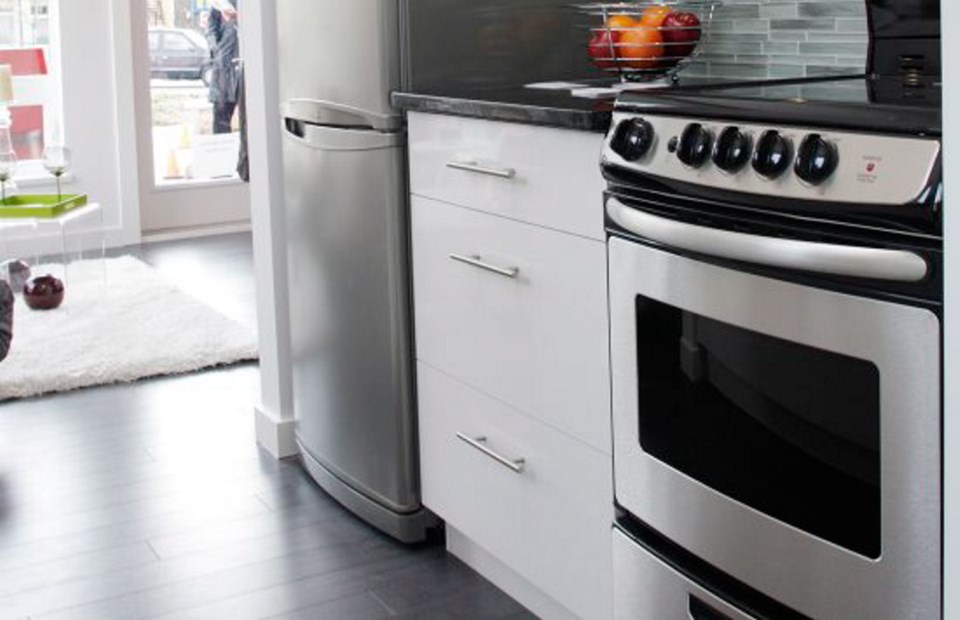Dear Reena: I have a disorder called chemical sensitivity, which is sensitivity to a huge array of products. I buy a lot of less toxic products such as vinegar and baking soda but I tend to react to those as well. I would like to remove the spots on my kitchen faucet without using products that will provoke a reaction.
Bella
Dear Bella: Polish the taps with wax paper to remove water spots on your faucet.
��
Dear Reena: My least favourite household chore is cleaning the fridge. Is there a way to reduce the need to clean the glass shelves in my fridge? I am looking for a solution that doesn’t take up a lot of space and isn’t much work?
Dan
Dear Dan: Line the fridge shelves with plastic wrap. The wrap isn’t overly noticeable and reduces the amount of times per year that you need to clean the fridge. Change the plastic as needed.
��
Dear Reena: Next week is the kick-off to my spring cleaning routine. I would like to vacuum under the fridge without having to move it. Any ideas as to what I can use to get under there?
Verna
Dear Verna: Slip an empty paper towel roll inside the end of the vacuum nozzle (make sure that the roll is tight and can’t be sucked into the vacuum). Flatten the paper towel roll end and push it underneath the fridge.
��
Dear Reena: Every time I crack an egg, little pieces of egg shell make their way into the bowl. Is it me? Is it the egg? Or is it my technique?
Cindy
Dear Cindy: Don’t crack eggs on the counter edge or bowl rims. Get cracking directly on the flat counter surface. You will find that as the egg cracks, the shells will not fall into your bowl. Alternatively, crack the eggshell with a sharp knife, being careful not to penetrate the yolk if you plan to separate the eggs.
��
Dear Reena: It’s spring, at least by the calendar, and I have been going through my dinner napkins only to find lots of food stains that don’t seem to come out with regular laundering.
Is there an old-time method that can help? I seem to remember something about boiling them. It hasn’t been warm enough to hang them out on the line for days and the sun seems to be hiding. Can you help me to keep using these re-usable napkins or is it time to replace them?
Vivian
Dear Vivian: Here is a spot remover that you can use to pre-treat stains on napkins and other fabrics.
Combine in a spray bottle:
2/3 cup ammonia
2/3 cup Dawn dish soap
1/4 cup baking soda
2 cups warm water
Spray napkins and wash with heavy-duty detergent. (Test on inconspicuous area first).
If the napkins are made of cotton or linen, they can be boiled. (Other fabrics might not react well to boiling so test on the most badly stained item that you’d discard if it can’t be cleaned.) Boil napkins in 10 cups water and one cup washing soda. Boil for five minutes and air dry or hang outside.
��
Household hnts of the week:
• Prevent wineglasses from toppling over in the dishwasher by gently securing them to the rack with an elastic band.
��
Note: Every user assumes all risks of injury or damage resulting from the implementation of any suggestions in this column. Test all products on an inconspicuous area first.
��
Check Reena’s website — — to send tips and questions, to find missed columns or mislaid solutions, or to engage Reena to speak at an upcoming event.



